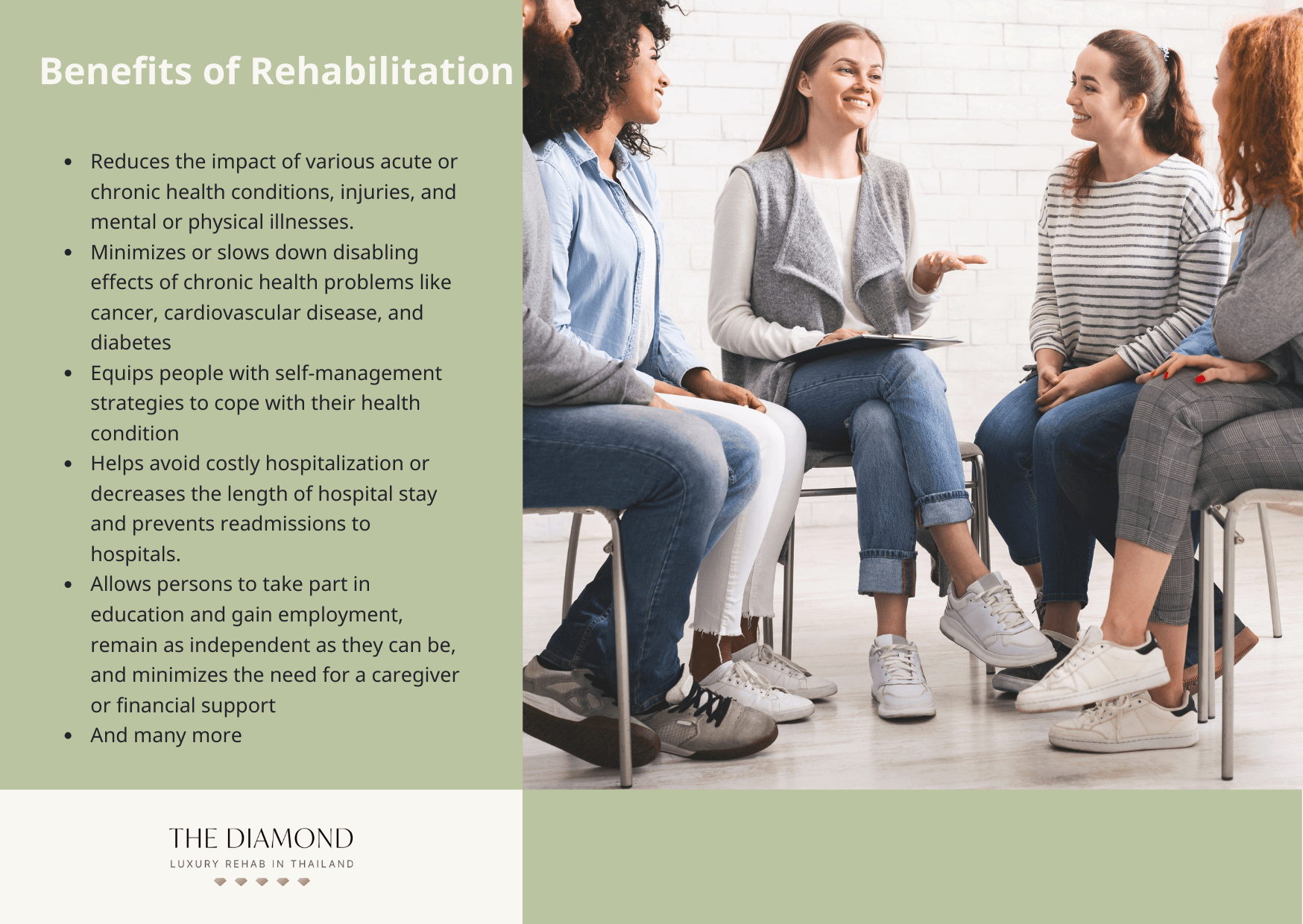4 Easy Facts About Narconon Africa Shown
4 Easy Facts About Narconon Africa Shown
Blog Article
Narconon Africa for Dummies
Table of ContentsThe Facts About Narconon Africa UncoveredNarconon Africa for BeginnersThe Facts About Narconon Africa Uncovered7 Simple Techniques For Narconon AfricaSome Known Questions About Narconon Africa.The 25-Second Trick For Narconon AfricaThe Of Narconon Africa
In a collection of papers with Manudeep Bhuller and Katrine V. Lken, we get rid of these data challenges and the nonrandomness of imprisonment, using new insights right into just how incarceration affects relapse, work, youngsters, and criminal networks - Drug rehab success. Figure 1 Our work researches the results of incarceration in Norway, a setting with 2 crucial benefitsWe can further connect this details to various other member of the family, including children and siblings. We have details on co-offending that enables us to map out criminal networks for observed criminal offenses. Second, we can take advantage of the random task of criminal situations to judges who vary in their propensities to send out accuseds to jail.
Some judges send out defendants to jail at a high price, while others are extra lax. We determine a court's stringency as the average incarceration rate for all various other cases a judge takes care of, after managing for court and year set effects, which is the degree of random task. This quasi-random assignment of judge stringency can be used as a tool for imprisonment, as it strongly anticipates the judge's choice in the present instance, yet is uncorrelated with other case qualities both deliberately and empirically.
The 5-Minute Rule for Narconon Africa
Features of detainees, including demographics and criminal offense classifications, are generally comparable in Norway and various other countries, including the United States, with the exemptions that the US murder rate is a lot higher, and race plays a larger function there as well. What stands out as various, particularly compared to the United States, is the prison system.
Figure 2In Norway, the typical time invested in jail is a little over six months, which is similar to most other Western European countries. This contrasts with ordinary United States prison time of practically three years, which remains in big component the factor the USA is an outlier in its incarceration price contrasted with the rest of the globe [Number 1]
Some Known Details About Narconon Africa
This offers much more separation between minor and hard crooks than exists in the United States. There is no overcrowding in Norwegian prisons and better individual safety and security, with each prisoner being appointed to their own cell and a higher inmate-to-staff proportion than in the USA (https://narcononafrica.godaddysites.com/f/narconon-celebrates-58-years-of-championing-drug-free-living). Jails in Norway likewise offer well-funded education and learning, drug therapy, mental wellness, and job training programs
Our research on the impacts of incarceration on the wrongdoer, using the random task of courts as a tool, yields three key searchings for. First, imprisonment discourages even more criminal behavior. We find that incarceration lowers the probability that a person will certainly reoffend within five years by 27 portion factors and decreases the matching variety of criminal costs per person by 10 charges.
Narconon Africa for Dummies
We discover substantial decreases in reoffending probabilities and collective billed criminal offenses even after offenders are launched from prison. Our second result is that bias because of choice on unobservable specific qualities, if neglected, leads to the incorrect verdict that time spent behind bars is criminogenic. If we merely compare criminal accuseds sentenced versus those Addiction recovery stories not sent to prison, we discover favorable organizations in between imprisonment and subsequent crime.
This stands in contrast to our analysis based upon the arbitrary job of courts, which locates an opposite-signed outcome. Third, the decrease in crime is driven by individuals that were not functioning before imprisonment. Among these individuals, jail time raises participation in programs guided at enhancing employability and lowering regression, and this ultimately raises employment and revenues while discouraging criminal behavior.

Jail time triggers a 34 percent point rise in engagement in job training programs for the previously nonemployed, and within five years their work rate increases by 40 percent factors. At the very same time, the probability of reoffending within five years is reduced by 46 percentage factors, and there is a decrease of 22 in the typical number of criminal fees.
An Unbiased View of Narconon Africa

A possible explanation for the distinction is that Norway's prison system varies substantially, both in regards to prison-term length and jail conditions, from the US prison system. While understanding the results of incarceration on the culprit is a crucial initial step, capturing spillover impacts is likewise essential for assessing criminal justice policy and making effective prison systems.
The Ultimate Guide To Narconon Africa

Common the very least squares approximates reveal that youngsters of incarcerated papas are 1 percent factor a lot more likely to be charged with a crime, about a mean of 13 percent, and show no result on institution grades. Utilizing our court stringency tool, we discover no statistical evidence that a dad's incarceration impacts a child's own crime or institution qualities, yet we are not able to dismiss modest-sized effects.
Narconon Africa - An Overview
We define criminal teams based on network links to previous criminal situations. Our analysis returns 3 primary findings. First, when a criminal network participant is jailed, their peers' probability of being billed with a future criminal activity decreases by 51 percent points over the next 4 years. Having an older bro incarcerated minimizes the probability his younger sibling will be charged with a crime by 32 percentage factors over the next four years.
Report this page